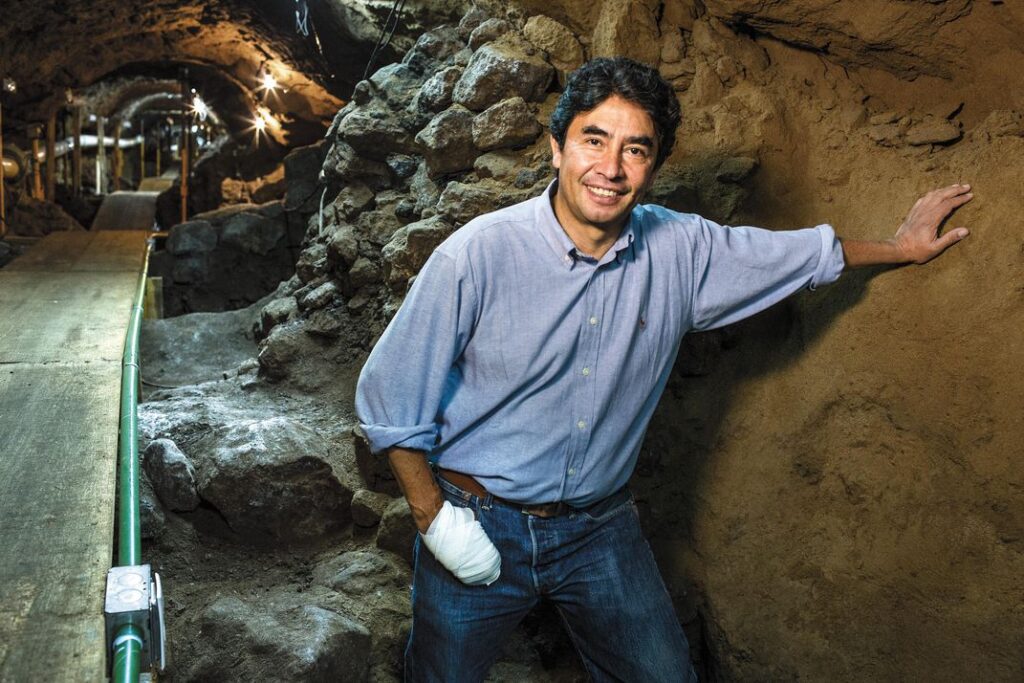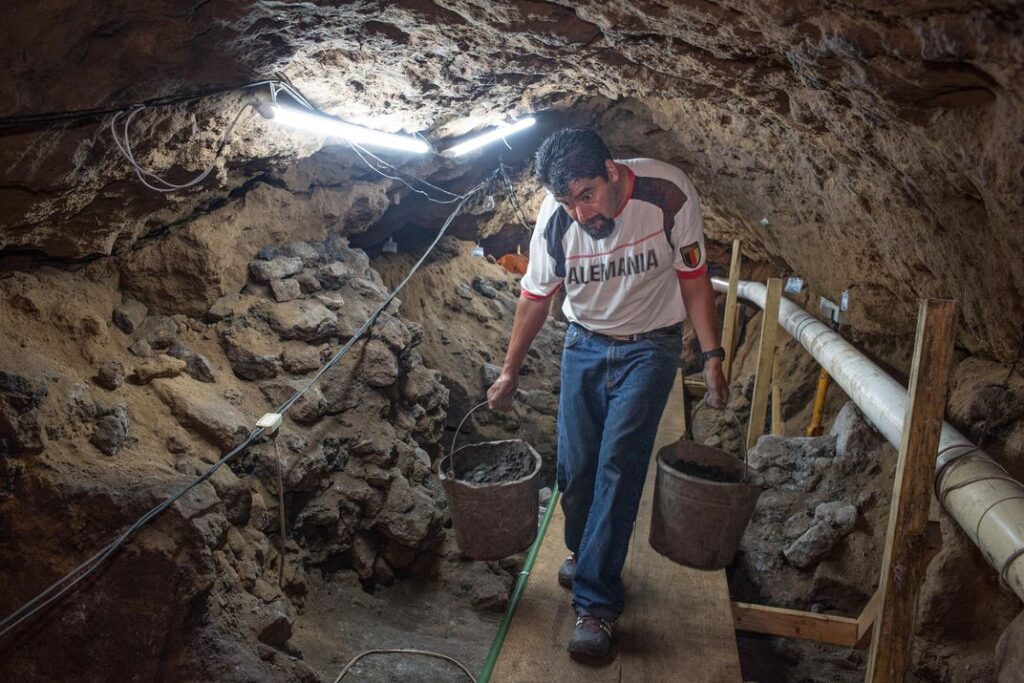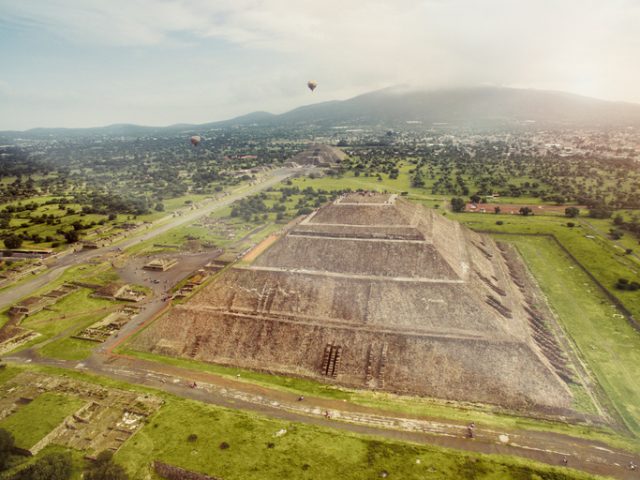Mysterious Secret Tunnel Discovered Under Ancient Pyramid in Mexico
Hidden passage to the underworld could just have been found, at least according to the mysterious ancient civilization that built it.
A secret tunnel leading down a chamber deep underneath the Pyramid of the Moon, a massive temple located in the ancient city of Teotihuacán, near what is now Mexico City, confirmed by the Archaeologists
The research team believes that the chamber may be used as a funeral ritual, while the tunnel may have represented the route to the underworld—a powerful concept for the Aztecs, Maya, and other pre-Columbian societies.


Using a technique called electrical resistance technology, researchers from the National Institute of Anthropology and History (INAH) and Institute of Geophysics of the National Autonomous University of Mexico (UNAM) mapped an image of the earth beneath the pyramid without breaking any ground.
This is how they discovered the hollowed-out chamber about 26 feet under the pyramid, with a diameter of 49 feet, as well as the subterranean tunnel.

First settled as early as 400 B.C., Teotihuacán became the thriving center of the ancient Mesoamerican world by 300 A.D., around the time the city’s largest structures, including the Pyramid of the Moon, were completed.
No one knows for sure who founded Teotihuacán, or why the civilization centered there suddenly and mysteriously collapsed starting around A.D. 600. By A.D. 750, the surviving members of a population that at its height may have numbered some 200,000 had dispersed, leaving their once-great metropolis and its sacred pyramids behind.
The Aztecs first found the city’s ruins around 1300, and gave it its name, which means “the place where men become gods” in their Nahuatl language.
Since the 17th century, the temple known in the pre-Hispanic world as Meztli Itzácual has been the site of dozens of archaeological excavations.
Built on elevated ground, the Pyramid of the Moon is the highest point in the ancient complex. This pyramid towers above 12 smaller pyramid platforms believed to be stages where both animal and human sacrifices took place. It is located at the opposite end of the so-called Avenue of Death from Teotihuacán’s largest structure, the Pyramid of the Sun.

Earlier tombs found inside the Pyramid of the Moon have contained sacrificial remains, including deformed human skulls, as well as jewelry and other grave objects made of greenstone.
According to Verónica Ortega, director of the Integral Conservation Project for the Plaza of the Moon, excavations of the newly discovered chamber will likely turn up similar objects.
“These large offering complexes constitute the sacred heart of the city of Teotihuacán, the reason why everyone saw it as the mecca of the civilization,” Ortega said in a statement. “What can be found inside them will help unravel the relationship this ancient metropolis had with other regions of Mesoamerica.”





